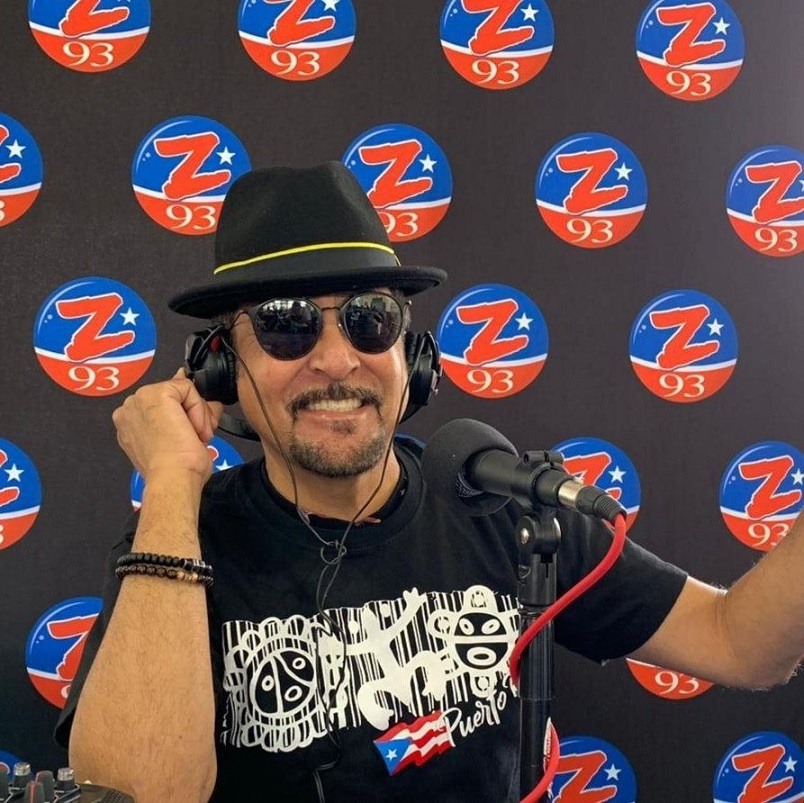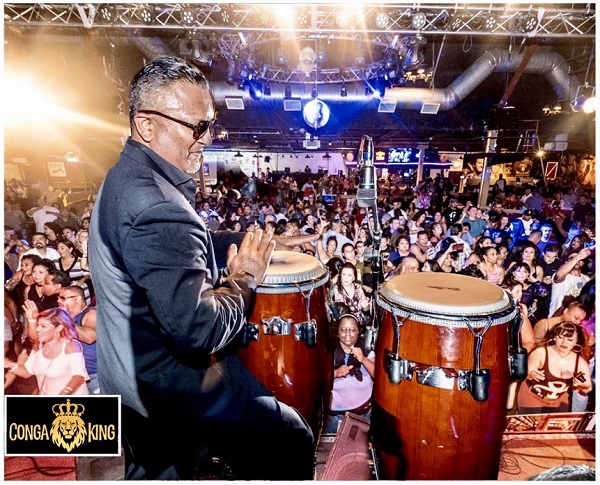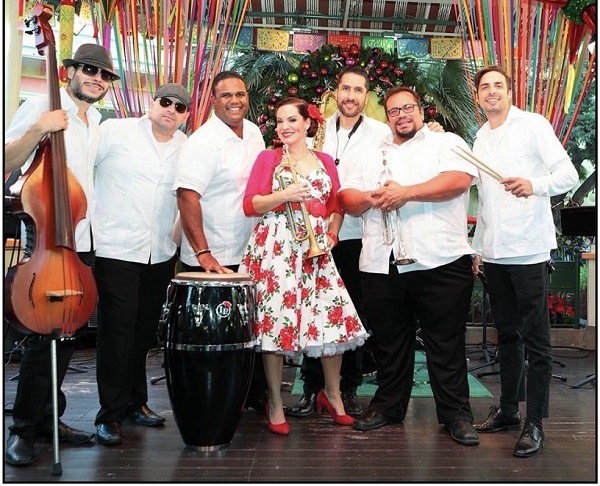Latin America / San Juan / Puerto Rico
Many singers have passed through time in the world of music, this time we have the privilege of making our followers known to “Víctor Gabriel Rosario Durán“

Victor Gabriel Rosario Duran is a great singer and percussionist who was born in San Juan, Puerto Rico on June 27, who showed from a very young age a great interest in tropical genre music since he played drums with his father, who in turn was a percussionist, even with the passing of the years Víctor Gabriel with his sister imitated the Duet “Pimpinela”, making a waste of talents at family parties and at school, so his parents, seeing their son’s talent, decide to enroll him in the Ernesto Ramos Antonini free music school, entering through the percussion department.
During his studies at the music school, he took advantage of his free time to practice “singing” in the square and one day he caught the attention of one of the members of the Latin Revolution orchestra, being at that time of the school salsa orchestra, he was called to audition and was chosen as a singer.
By joining the orchestra they managed to win first places in the “Talent Shows” that they participated in and out of school; and over the years he creates his own orchestra where he manages to win first place as “Best Talent” in the school talent contest, as well as in many other “Talent Shows”. Then he went from percussionist to the singing curriculum to perfect his technique as a singer and from 1994 he joined the group “Caribe Tropical” of Mr. Jorge

At 21, he is part of the orchestra led by maestro Elías Lopés, where he recorded as the duo Gaby and Nelson. From the mid-1990s to the present day, Víctor Gabriel has been a singer, chorus girl and percussionist for local groups in Puerto Rico that make their presentations at the main hotels on the island, such as the Marriot Hotel, the now-defunct Hotel Cerro Mar de Dorado and Hotel San Juan, among others. He also continued his collaborations as a singer, backing vocalist and minor percussionist in Plena Libre, Tres Son Salsa, Zacandela, Atabal, the Orquesta La Offer. Don Perignon, and others.
Víctor Gabriel Rosario Duran participated for nine years as one of the main singers of the VSP Orchestra (Villariny Salsa Project), who performed in 2012 on the “National Salsa Day”, where he has had a great musical exposure enriching his extensive race; which has prepared him for what has been the dream of his life, his solo career. For the month of June 2019, Víctor Gabriel launches as a soloist with his first single “Mi Problema”, Salsa Version, which has been a resounding success on different stations worldwide.
Home Media Tour in Mexico and Colombia in its Caribbean Region visiting cities such as Barranquilla, Cartagena, Santa Marta, in the first one he appeared before a large audience LIVE in an activity called “HEROES IN COLOMBIA”, organized by the Military Police in the Battalion paradise, alternating with Chelito de Castro and Poncho Zuleta and which was covered by “EMISORA TROPICANA”.
He was also invited to participate in the “RANCHO CURRAMBERO INTERNACIONAL” in an event called “LA SALSA CONTINUES”, alongside great Colombian musicians such as Ray Palacio, Charlie Gómez, Nelson Fontalvo and Su Tribu Band among others. In less than four months, Víctor Gabriel was the winner with his song “Mi Problema” at the “Paoli Awards”, in the category “Salsa Revelation Artist 2019.”
On November 16, 2019, Víctor Gabriel Rosario Duran won the “Paoli Award”, “Salsa Revelation” in Orlando Florida.

On February 14, he released his song “ASI ES EL AMOR” authored by master John Dávila, on all digital platforms and is taking possession of the different hit parades of stations in the world. Right now he is recording what will be his complete record work alongside prominent artists and musicians from Puerto Rico, such as Jay Lugo, the most important arranger on the island at the moment and who recently won “Grammy” awards with different artists, Omar Lugo and Luis Omar salseros of the new blood of salsa, John Pito Dávila, trombonist and director of different orchestras such as Puerto Rico Power, The John Dávila Orchestra and his Koketones de la Salsa, Viti Ruiz among others.
“What we are sure of is that Víctor Gabriel Rosario Duran, singer and percussionist, is a Boricua who makes his way safely into the Salsa of the new generation.”











